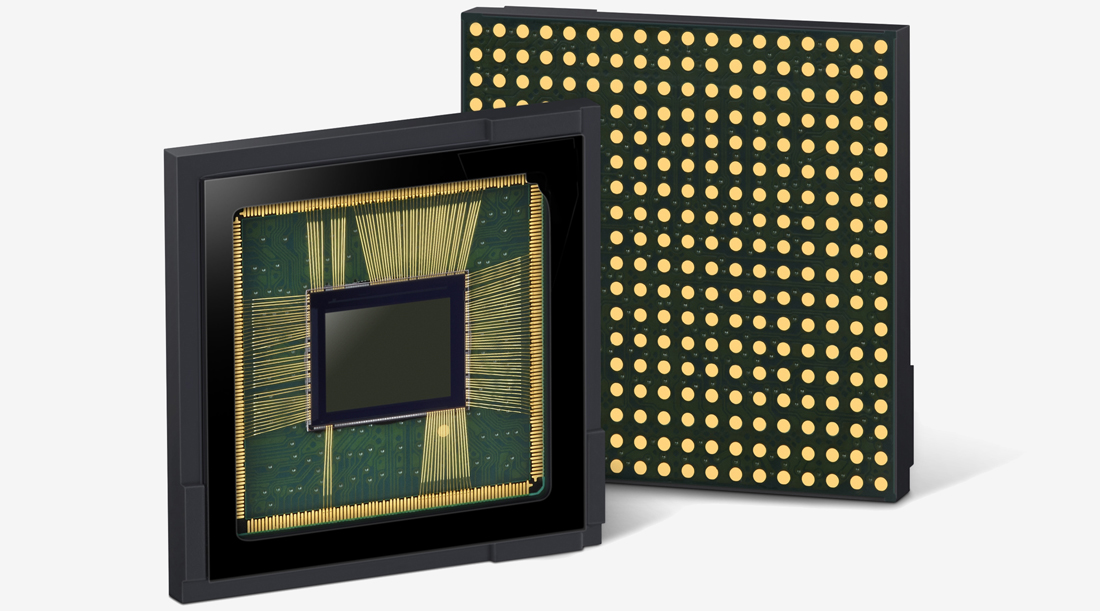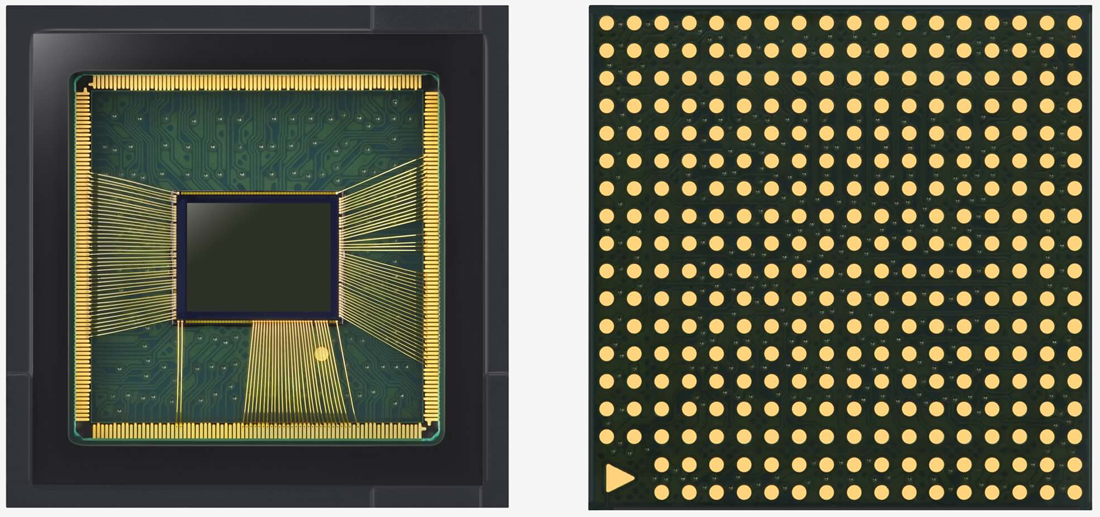One of the caveats of dual camera smartphones is that the camera bump has expanded in surface area even though manufacturing processes for semiconductors have shrunken. Samsung Electronics aims to bring ultra slim image sensors to smartphones and IoT devices with two new ISOCELL image sensors.
The ISOCELL Fast 2L9 and Slim 2X7 are designed to be slim and offer good performance in low-light conditions. The Fast 2L9 offers impressively fast auto-focusing using Dual Pixel technology. Each pixel contains two photodiodes instead of one for better object detection and tracking. The popular portrait mode on many smartphones used to enahnce bokeh, otherwise known as blurred backgrounds, is said to be improved through the use of Dual Pixel tech.
Both the Fast 2L9 and Slim 2X7 offer smaller pixels than their predecessors. The Slim 2X7 sensor claims to be the first to have pixels below 1μm measuring in at 0.9μm per pixel. The 2L9 improves over the previous 1.4μm pixels by shrinking each pixel down to 1.28μm. With such small pixel sizes, the Slim 2X7 scales up to 24MP and seems to be a contender for rear-facing cameras on future mid-range if not flagship smartphones. The Fast 2L9 can achieve 12MP making it eligible for front facing cameras or a secondary rear camera.

According to Ben Hur, vice president of System LSI Marketing for Samsung Electronics, "ISOCELL Fast 2L9 and ISOCELL Slim 2X7 are new image sensors that fully utilize Samsung's advanced pixel technology, and are highly versatile as they can be placed in both front and rear of a smartphone."
Looking towards next year's smartphones, sensor improvements are lining up to be a key focus. Fingerprint readers embedded under screen glass, iris and face scanning technologies, as well as cameras that perform well in all environmental conditions could become the norm across the industry instead of being limited exclusively to pricey flagship models.
